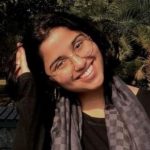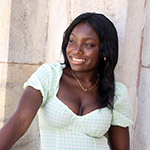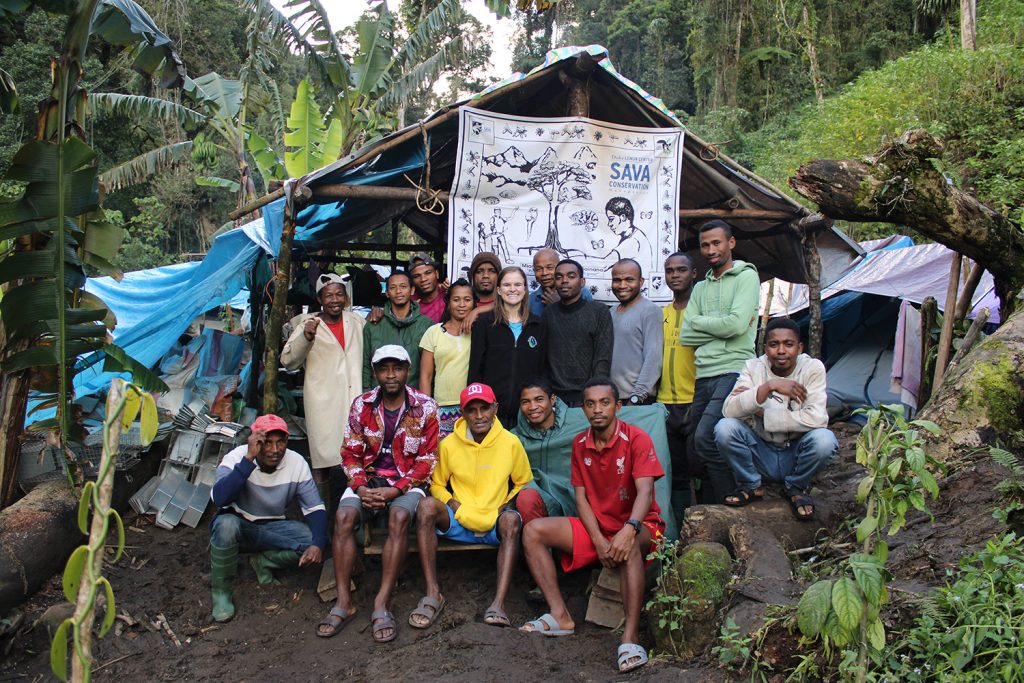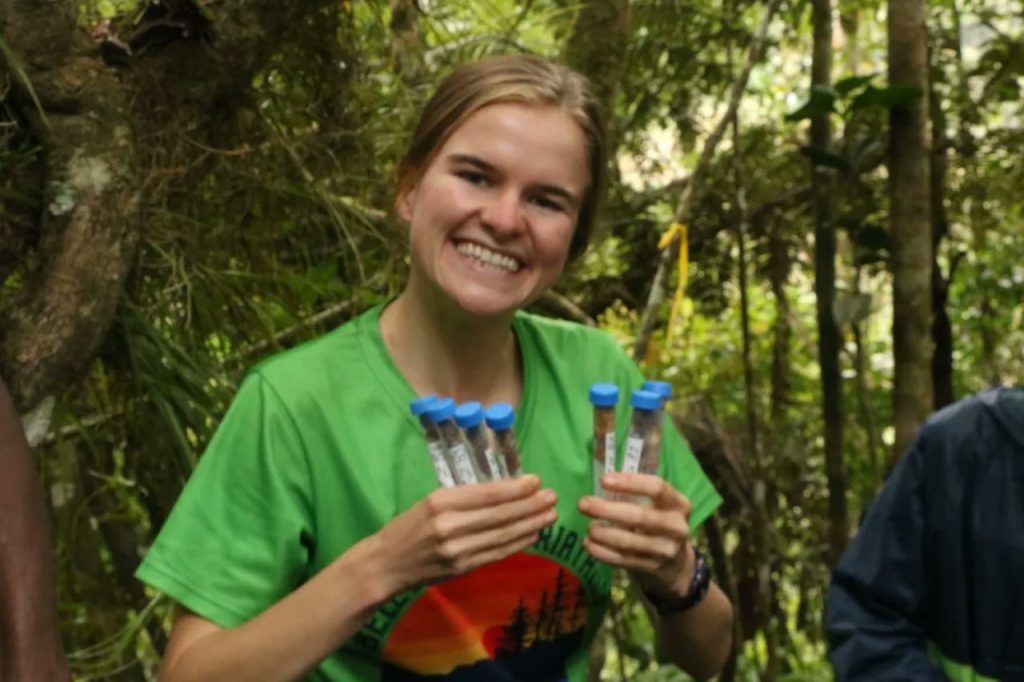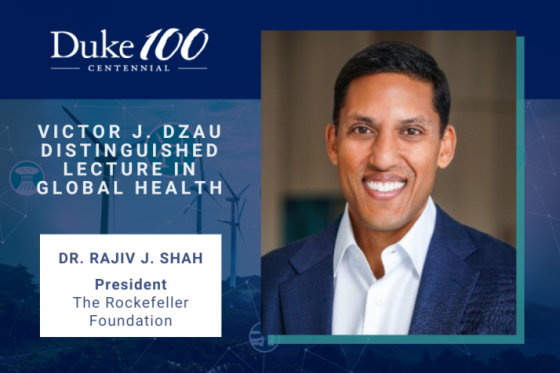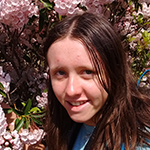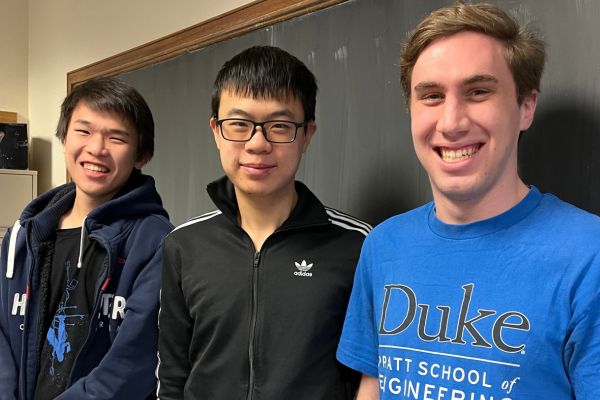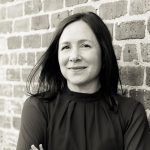If you’re looking to revisit the nuanced history of the Swatantra Party in post-colonial India, you’ve come to the right place! During Aditya Balasubramanian’s talk on his book, ‘Toward a Free Economy: Swatantra and Opposition Politics in Democratic India’, I embarked on a journey that not only took me back to South Asia’s economy but also helped me reflect on the broader implications of Balasubramanian’s vision for a free economy.

I grew up to have an interest in India’s economic history. Living in Pakistan, we (my household) always looked toward our neighboring country, India, to reflect on our own economic situation. The echoes of discussion on free economy versus socialist planning reverberated in the hallways of everywhere I turned to. The narrative of the Swatantra Party, as captured in the book and the talk, presents a fascinating counterpoint to the dominant economic narratives in post-colonial India, challenging us to ponder the possibilities of a different economic path.

Balasubramanian talked about the heart of Swatantra’s ideology: a profound belief in a nonsectarian, right-wing political stance, advocating for an unfettered private economy and a decentralized economic system. The party’s anti-communism stance wasn’t merely ideological but a practical caution against nationalization. This reminds me of discussions with my grandmother, who, amidst the economic challenges of her time, often lamented the lost opportunities for economic liberalization that Swatantra championed.
Balasubramanian went on to explain the narrative of the Indian libertarian, Ranchhoddas Bhuvan Lotwala, and his transformation of a flower shop into a machine-operated flour mill encapsulates the spirit of economic innovation and entrepreneurship that Swatantra celebrated. This story, emblematic of the broader push for modernization and the embrace of new technologies, serves as a reminder of the countless small businesses across India that continue to innovate and adapt in the face of changing economic landscapes. These small businesses play a bigger role than we think, and the economy of the government can aid in transforming their potential. Swatantra and its stories serve as proof for that.

He concluded the talk by pointing out three things that need our attention::
1) Exploring how a free-market economy can work alongside federal government policies.
2) Addressing how special interests have influenced policies in a way that ignores regional concerns, particularly noting the removal of corporate taxes.
3) Emphasizing the importance of limiting authoritarian tendencies to ensure a balanced and democratic governance system.
The Swatantra Party’s story is a reminder of the enduring power of ideas and the impact they can have on the economic and political fabric of a nation: it is a story that must never be forgotten. Afterall, there’s too much to learn from it.
